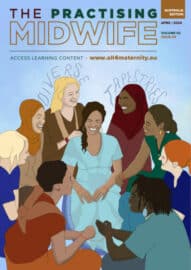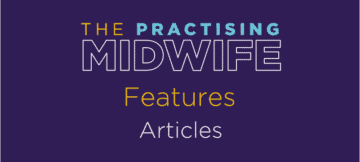Calm, Comfort and Connection Massage for Family Wellbeing
Claire Nutt – Perinatal Mental Health & Wellbeing Midwife, North Bristol Trust Massage Therapist and Trainer
Published in The Practising Midwife Volume 23 Issue 4 April 2020
My role, both as a midwife and massage therapist, enables me to support women and partners using massage with their baby. Positive touch and baby massage is a popular approach that promotes infant wellbeing whilst easing parents into the new beginnings of the fourth trimester – the first three months after birth. The fourth trimester can be challenging for new parents, but baby massage can promote responsive interactions that facilitates parents’ confidence that they are able to calm, soothe and comfort their babies.1 In turn, this can enhance their connections together as a family.1 Despite a lack of robust evidence regarding infant massage, there is no suggestion that massage causes harm.2 Its contemporary popularity is well demonstrated within our postnatal care and growing numbers of private classes and multicultural history worldwide.3,4
As a key form of non-verbal communication, massage is a dyadic approach; mindful and multi-sensual for both parents giving and infant receiving. Like skin to skin, massage can stimulate a baby’s biological growth and neural development, stimulating calming parasympathetic responses and promoting reactions to the world around them.3,6 Touch as a form of love connection joins up families. Consistent touch reassures a baby that they are not alone, tells them that all is safe in the world, that they are cared for and their emotional needs are being met:7
- Connection is the key to effective newborn massage; through presence of mind, reduced distraction and collaboration attachment begins.
- Infant massage can begin in pregnancy; massaging a pregnant belly stimulates wellbeing responses in both the mother and baby, beginning the building blocks for future baby massage.
- Positive touch for babies can be simply incorporated into everyday activities, such as changing, feeds and hugs. A more focused massage time can then be developed into routines such as pre or post bath, before sleep, suiting family life rhythms.
- Observe, wait, respond’. It is so important to notice each baby’s own cues and responses by attuning to their body language; are they engaging positively to touch or agitated, tired or hungry, cold or over stimulated? During massage it may be noticeable when the baby reaches a calm and secure finishing point.
- Encourage parents to fully use their senses when giving massage; eyes locked in with their baby, ears hearing their aural response, fingers responsively stroking, feeling and moving, noticing changes in temperature of their skin.
- By being held, a baby can feel safe, cortisol responses are reduced. By holding, a parent can feel empowered, soothed and confident in their own and their baby’s emotional growth.
1. Bergner S, Monk C, Werner E. Dyadic intervention during pregnancy? Treating pregnant women and possibly reaching the future baby. Infant Mental Health Journal. 2008:29:399-419.
2. Lorenz L, Moyse K, Surguy H. The benefits of baby massage. Paediatric Nursing. 2005: 17(2):15-18.
3. Cooke A. Infant Massage; The practice and evidence base to support it. British Journal of Midwifery. 2015: 23(3).
4. Field T. Infants of depressed mothers. Infant Behavior and Development. 1995:18:1–13.
5. Smith V. Cochrane Corner; Massage promoting mental and physical-health for infants-six months. https://www.all4maternity.com/cochrane-corner-massage-promoting-mental-physical-health-infants-six-months/. Published 2014. Accessed March 9, 2020.
6. Trivedi, D. Cochrane Review Summary: Massage for promoting mental and physical health in typically developing infants under the age of six months. Primary Health Care Research & Development. 2015:16(1):3-4.
7. Underdown A. The Power of Touch – Exploring Infant Massage. In: Barlow J, Swanberg P, eds Keeping The Baby in Mind- Infant Mental Health Practice. London: Routledge; 2009.









